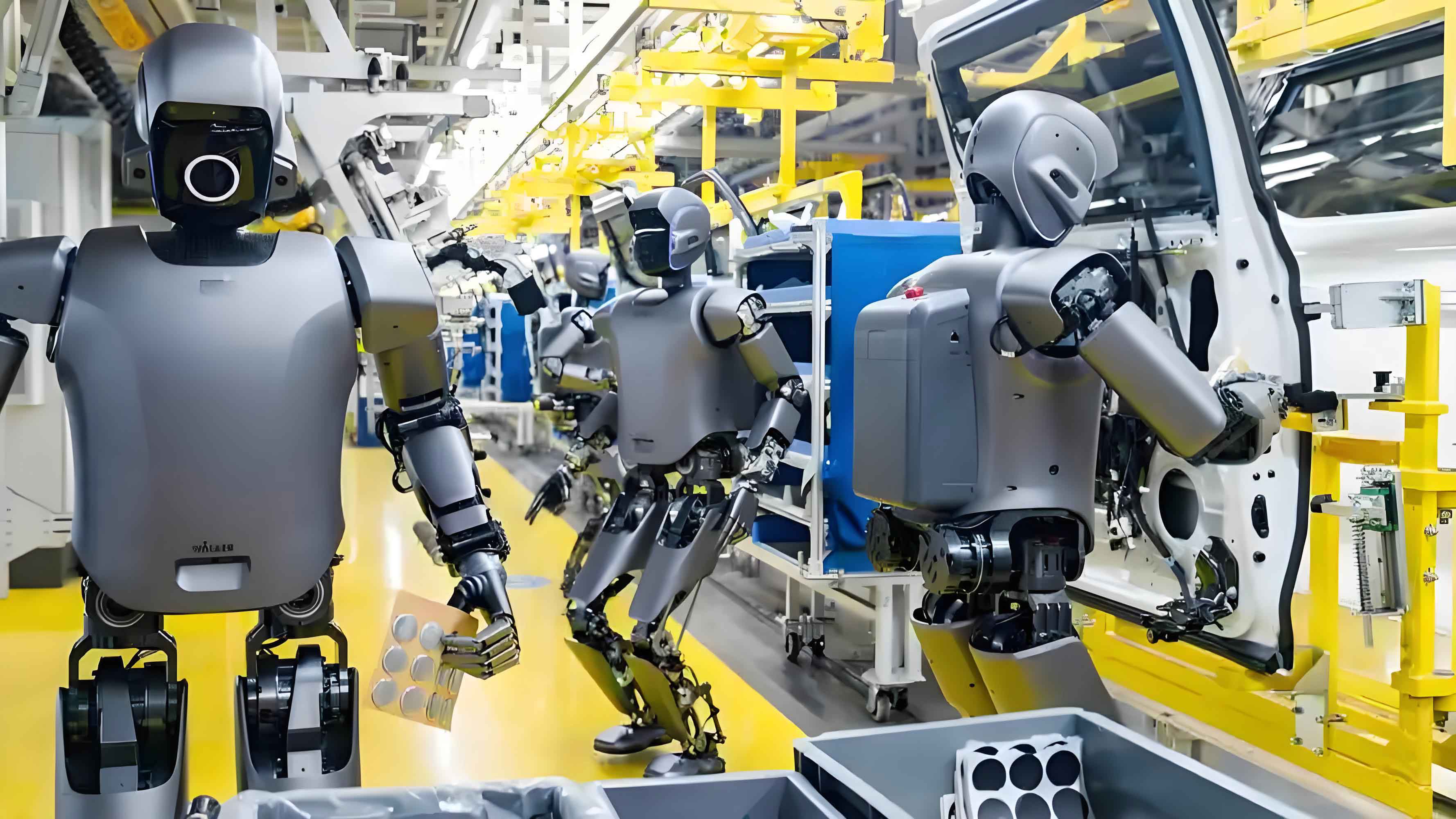The landscape of robotics competitions in China is undergoing a transformative shift, moving beyond theoretical prowess to prioritize solving tangible societal and industrial problems. This evolution reflects the maturation of the China robot sector, as innovators align technological advancements with practical applications. Industry leaders now advocate for a measured approach toward developmental hurdles, framing them as natural “growing pains” in a globally competitive arena.

Engineering Real Solutions
Recent national contests spotlight robots designed to address pressing issues: agricultural automation to counter labor shortages, precision disaster-response systems for earthquake-prone regions, and AI-assisted medical devices for rural healthcare gaps. These China robot entries demonstrate unprecedented functionality, such as crop-disease identification with 90% accuracy or debris-navigation algorithms reducing rescue times by 40%. Engineers emphasize robustness—creating machines operable in extreme humidity, dust, or sub-zero temperatures prevalent across China’s diverse geography.
Industry’s Call for Strategic Patience
While breakthroughs abound, executives urge realistic expectations. “Every innovation cycle encounters bottlenecks—battery limitations, sensor reliability in chaotic environments, or AI contextual understanding,” notes a robotics association CEO. “These aren’t failures but inflection points.” Regulatory frameworks are adapting incrementally, with pilot zones testing China robot deployments in logistics and manufacturing. Cross-sector collaborations between automakers, universities, and software giants accelerate troubleshooting, turning theoretical fixes into field-tested upgrades within months.
Economic Implications and Global Positioning
China’s targeted subsidies for industrial robot adoption have spurred a 25% annual growth in automation density since 2022. However, competitions now incentivize cost-reduction ingenuity—such as modular components slashing maintenance expenses by 30% or vision systems using affordable domestic chips. This pragmatism strengthens export potential; Southeast Asian factories increasingly deploy China robot assembly arms for their adaptability to rapid production shifts. Meanwhile, European partners seek collaborative R&D in sustainable robotics, recognizing China’s edge in scalable green manufacturing solutions.
Navigating the “Pains” of Progress
Technical hurdles reveal critical insights. When underwater inspection robots faltered in turbid reservoirs during a Guangdong competition, engineers recalibrated sonar-optical fusion systems within weeks—a solution now patented for port infrastructure monitoring. Similarly, swarm coordination challenges in warehouse automation trials led to breakthroughs in 5G-enabled mesh networks. “Each obstacle forces interdisciplinary innovation,” states a Shanghai-based team lead. “Our China robot prototypes must thrive outside controlled labs.”
Future Trajectory: Customization Over Spectacle
Upcoming contests will prioritize bespoke applications: desert-reclamation robots stabilizing soil via AI-guided planting, or compact disinfection units for crowded markets. The focus on customization signals a departure from “generalist” models, favoring specialized China robot systems tackling regional needs. Investment patterns follow suit—venture capital now flows toward niche applications like textile-waste recycling robots or elderly-assistance exoskeletons.
Conclusion
The recalibration of China robot competitions from performance-centric showcases to solution-driven arenas marks a pivotal industry evolution. By embracing developmental challenges as catalysts for refinement, China’s robotics ecosystem balances ambition with operational pragmatism. As these machines increasingly permeate factories, farms, and cities, their success will hinge not on technological theatrics but on silent efficiency—solving real problems, one algorithm at a time.
